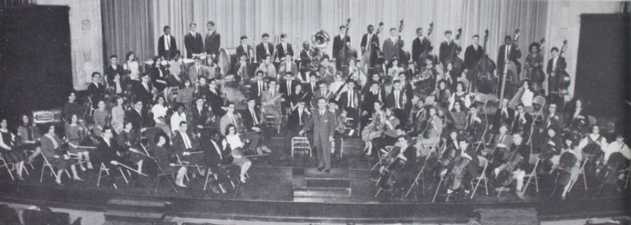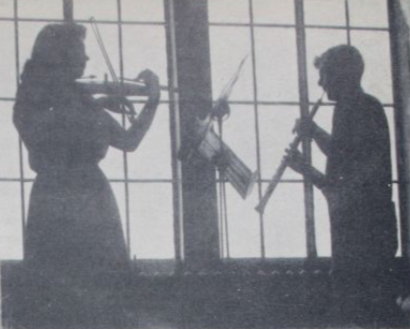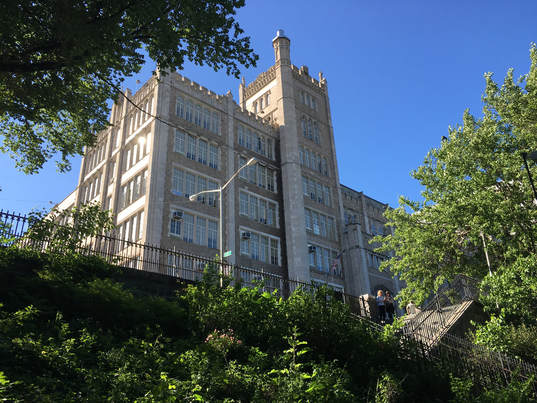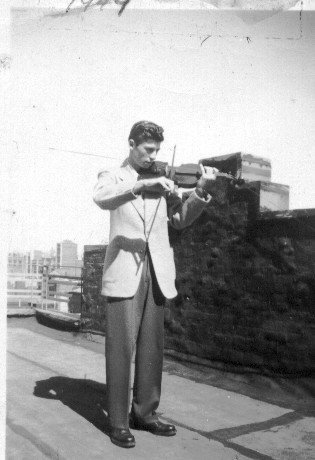|
By Bernie Bierman - Class of Spring 1951
(As seen on Facebook, Music and Art High School (M&A), August 31, 2015)
You music majors probably recall one of the most oft-asked questions at M&A: "What instrument did you come in on?" As one of our English teachers once commented, this conjured up the image of people entering the school on a rolling piano or a floating violin or a flying flute.
Well, I "came into" Music & Art "on the violin", or at least a violin. But allow me to stop here for a while and reveal something that many of you never knew or refresh the memories of those who may have forgotten (you see, even at age 14 I was an addicted observer):
The hardest instrument "on which to get into M&A" was the piano. Why? Because once you got into the school, there was really nothing practical that could be done with pianists. An all-piano "orchestra"? Not likely. Two thousand four hundred piano recitals? I doubt it. What the school really needed and wanted in the music domain were instrumentalists, namely people who played instruments that were slightly more portable. After all, it had 1 string orchestra, 5 symphony orchestras, 2 symphonic bands and an "illegitimate child" known as the dance band. That translated into a hunger for string players, woodwind players, brass and percussion players. So the bottom line (no one even heard of the expression in those days) was that all of those kids "coming in" on all of those rolling pianos had to be re-trained (or as the Chinese Communists might have said, "re-educated") on strings, woodwinds, brass, percussion or voice. Thus, the entrance exam for pianists was made far more difficult and demanding than for a player of any other instrument (save for the saxophone and accordion, which is another story for another day).
And for what particular instrumentalist was the school literally desperate? Violinists. That one string orchestra and those 5 symphony orchestras needed fiddlers, lots of fiddlers. And wasn't it more practical to get a mediocre fiddler who could play "Variations on Mary Had A Little Lamb" than to get an outstanding pianist who would need a year's training or two on the instrument to learn "Mary Had A Little Lamb" (senza variazione)? "Give us your tired, your poor, your violinists" said the beacon high atop the Castle-on-the-Hill.
...
I took the entrance exam for Music & Art in the Spring of 1947, for which I practiced the Bach A minor Violin Concerto for not more than 1 hour and 10 minutes, the extra 10 minutes being a clear indication of my intent to get into the school. But why the Bach violin concerto? A reliable intelligence source had informed me that Isidore Russ, a certified Bach fanatic, would most likely be the violin examiner. Today we would call this "marketing".
0 Comments
Leave a Reply. |
YOUR TIMEOpinions and commentary from the alumni on life at M&A. ArchivesCategories
All
|




 RSS Feed
RSS Feed